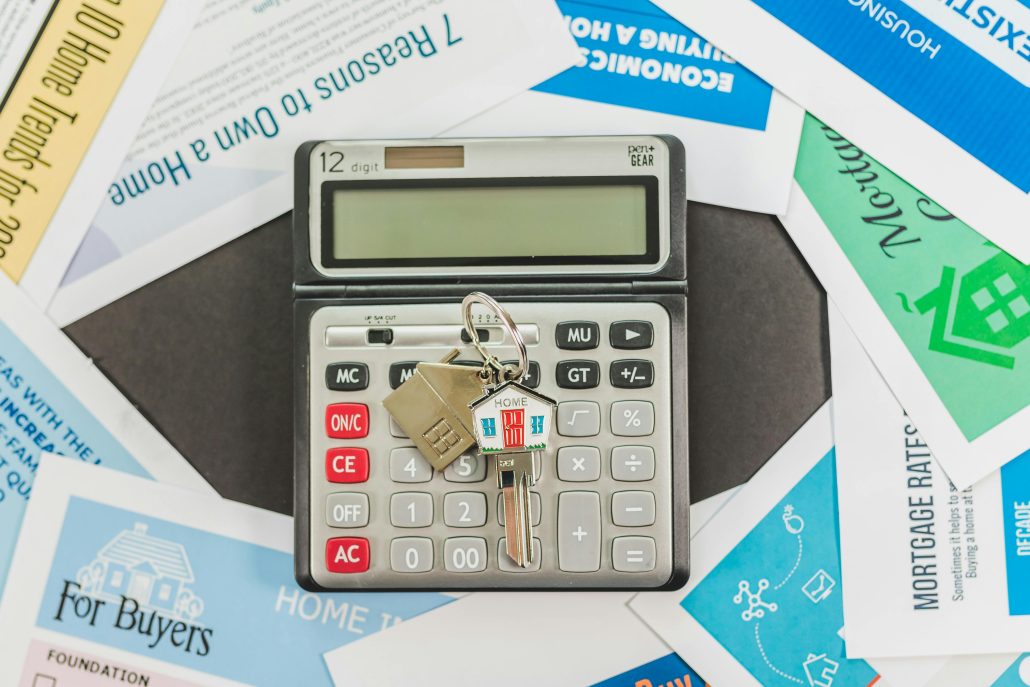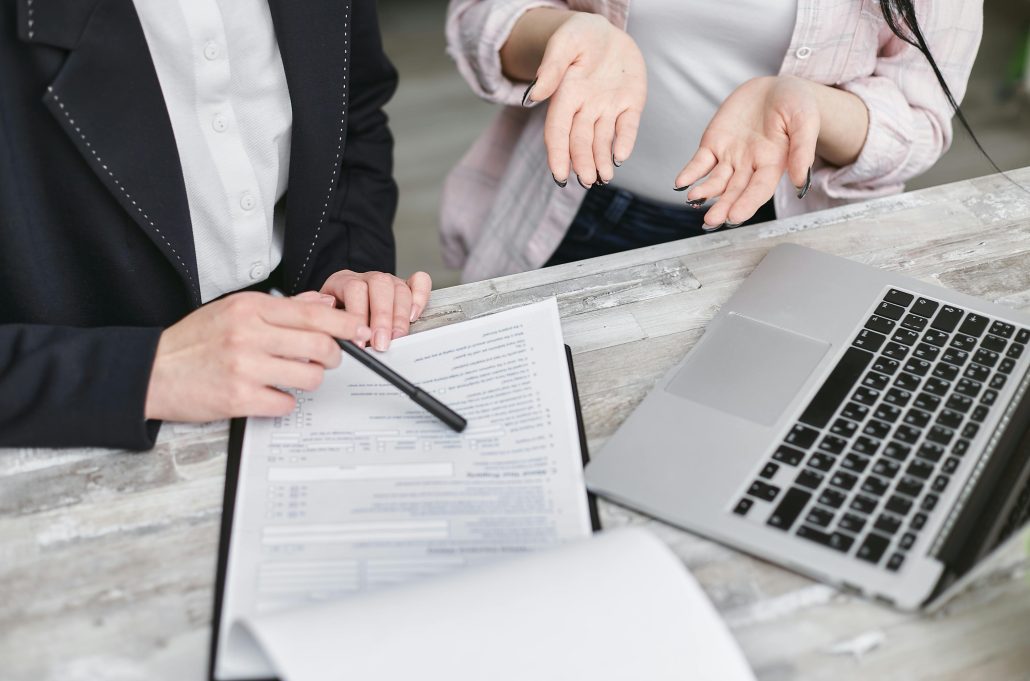Buyer’s stamp duty (BSD) is one of the biggest and unavoidable upfront costs when buying a property in Singapore. It is a tax that all buyers must pay and understanding how it works can prevent you from being caught off guard with these huge costs. This article will guide you through what BSD is, its expected costs, how you can pay for it, and what happens if you don’t. It will also elaborate on other related stamp duties like Additional Buyer’s Stamp Duty (ABSD) and Seller’s Stamp Duty (SSD).

What Is Buyer’s Stamp Duty (BSD)?
Buyer’s stamp duty is a tax charged on property documents when you buy any type of property in Singapore regardless if it is an HDB flat or a private property. It applies to all property purchases. If you’re buying a Build-To-Order (BTO), you can use your CPF savings directly to pay for BSD. For resale flats, you are required to pay cash first which can be reimbursed from your CPF later.
BSD is based on the property’s purchase price or market value, whichever is higher. This means that even if you negotiated a good deal for a property below the market value, you will still be charged BSD based on the higher amount.
For example, if the market value of the home is $2 million, but you buy it at $1.8 million, your BSD will still be calculated based on $2 million.
How Much Is Buyer’s Stamp Duty (BSD) in Singapore?
The amount of BSD you’ll pay depends on your property type and value.
The current BSD rates as of 2025 (last revised on 15 February 2023) are as follows:
| Price Tier | BSD for Residential Property | BSD for Non-Residential Property |
| First $180,000 | 1% | 1% |
| Next $180,000 | 2% | 2% |
| Next $640,000 | 3% | 3% |
| Next $500,000 | 4% | 4% |
| Next $1,500,000 | 5% | 5% |
| Above $3,000,000 | 6% | 5% |
Source: IRAS
How to Calculate: BSD (with examples)
BSD has a tiered system and is not just a flat rate. Here’s a quick guide to calculating it:
If you’re buying a residential property that is $5,000,000. This is how you will calculate your BSD:
1% on first $180,000 = $1,800
2% on the next $180,000 = $3,600
3% on the next $640,000 = $19,200
4% on the next $500,000 = $20,000
5% on the next $1.5 million = $75,000
6% on the remaining $2 million = $120,000
Total BSD Payable = $239,600
Other Related Stamp Duties
Additional Buyer’s Stamp Duty (ABSD)
ABSD is an additional tax on top of BSD. It is a property cooling measure initiated by the government to control property ownership by citizens, permanent residents (PR), foreigners and entities. The amount of ABSD you pay depends on your residency status and how many properties you own.
The current ABSD rates (as of 27 April 2023) are as follows:
| Buyer | ABSD Rate |
| Singapore Citizen (1st property) | – |
| Singapore Citizen (2nd property) | 20% |
| Singapore Citizen (3rd & subsequent) | 30% |
| Singapore PR (1st property) | 5% |
| Singapore PR (2nd property) | 30% |
| Singapore PR (3rd Property & subsequent) | 35% |
| Foreigners | 60% |
| Entities or Companies | 65% |
Source: IRAS
Seller’s Stamp Duty (SSD)
SSD is charged only when you sell a property too soon after buying it. This initiative is introduced to curb property speculation and flipping by buyers and sellers.
Recently on 3 July 2025, the Government announced the following changes to the Seller’s Stamp Duty (SSD) for residential properties: (a) Increase of the holding period from three to four years, and (b) increase of the SSD rates by four percentage points for each tier of the holding period. These changes will take effect for all residential properties purchased on and after 4 July 2025. (Source: IRAS)
The current SSD rates for residential properties are as follows (purchased on and after 11 March 2017):
| Between 11 Mar 2017 and 3 Jul 2025 (all inclusive) | Up to 1 year | 12% |
| More than 1 year and up to 2 years | 8% | |
| More than 2 years and up to 3 years | 4% | |
| More than 3 years | No SSD payable | |
| On and after 4 Jul 2025 | Up to 1 year | 16% |
| More than 1 year and up to 2 years | 12% | |
| More than 2 years and up to 3 years | 8% | |
| More than 3 years and up to 4 years | 4% | |
| More than 4 years | No SSD payable |
SSD payable to be rounded down to the nearest dollar.
(Source: IRAS)
When and How to Pay Your Buyer’s Stamp Duty (BSD)
You must pay BSD within 14 days of signing the sale and purchase agreement. There is an exception if the document was signed overseas. The deadline will then be 30 days from when the documents are received in Singapore. Late payments may result in penalties such as fines or legal action by IRAS.
BSD cannot be paid in instalments, so it is important to ensure that you have the full amount upfront.
BSD can be paid with CPF. However, you’ll need to pay BSD first, then submit a CPF reimbursement request when applying to use your CPF for the property purchase.
You can pay your BSD through the IRAS e-Stamping website using an e-form and methods like eNETS, cheque, or cashier’s order. You can also pay at e-Terminals located at the IRAS Surf Centre or SingPost Service Bureaus.

Quick Recap on Stamp Duty
Buyer’s Stamp Duty (BSD) might sound like just another cost when purchasing a property, but it is an important part of the tax process in Singapore. It is based on the higher of the property’s purchase price or market value, and the amount you pay depends on how much your property is valued at. While the rates may seem a little complicated, it’s easy to understand once you break them down. BSD needs to be paid within 14 days, and there are penalties if it’s delayed, so it’s best to plan for your finances.
If you are still unsure about how much you’ll need to pay or how it affects your purchase, chat with us for clarity or reach out to IRAS directly. Being well-informed can save you from financial surprises through your home buying journey.
Want to find the best mortgage rate in town? Check out our free comparison service to learn more!
Read more of our posts below!

